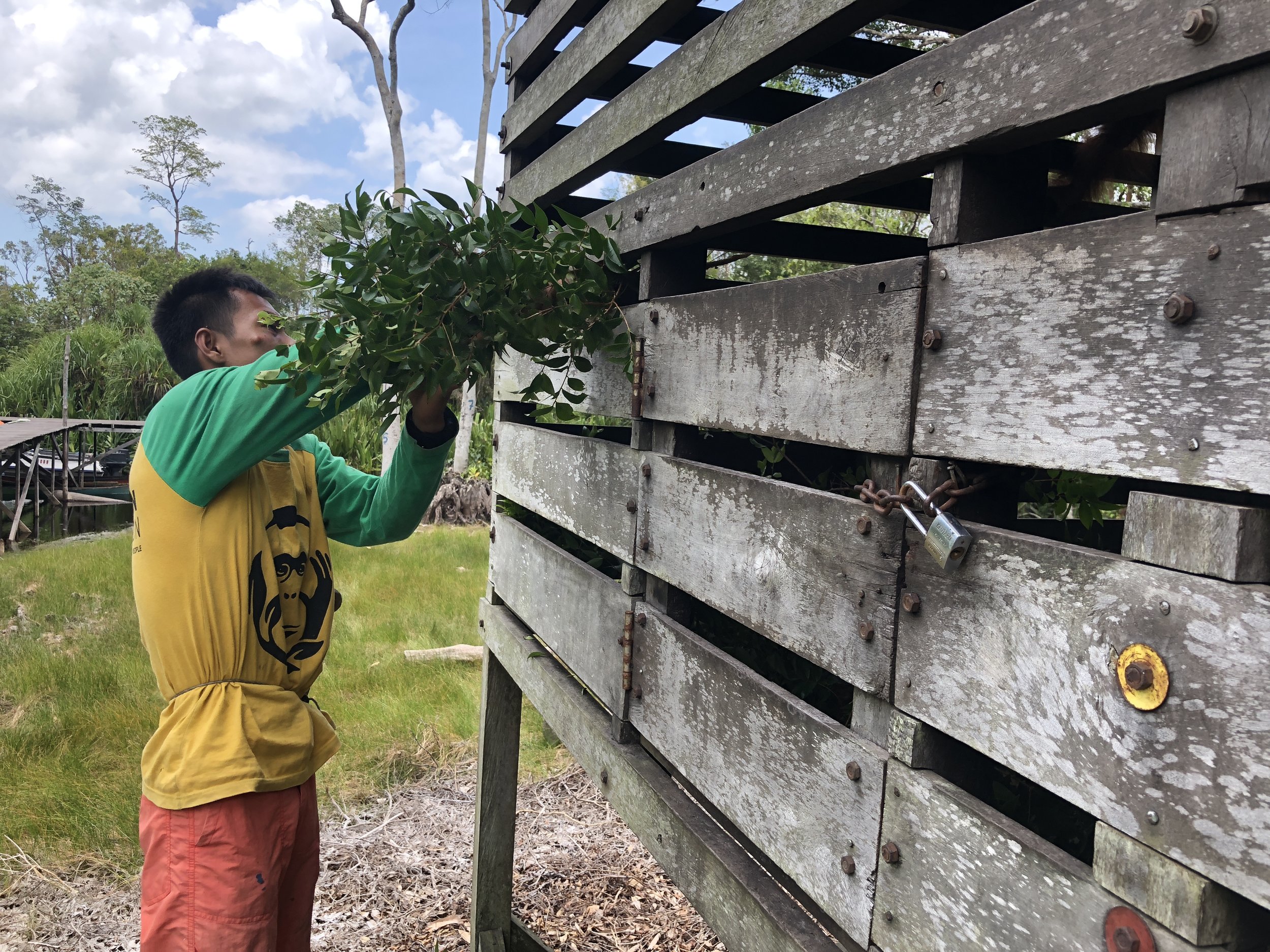Rescues are an essential pillar of our work as they save orangutans in need. The majority of rescues take place in oil-palm plantations or community land where orangutans can become stranded and unable to find suitable forest habitat in which to survive.
After medical check-ups, most adult rescued orangutans are able to be swiftly released back into a natural habitat that is protected such as the Lamandau Wildlife Reserve. However due to the injuries inflicted on female orangutan Aan, she is an unfortunate exception to this rule.
On her rescue from an oil-palm plantation in 2012, our team discovered that Aan’s left eyeball was missing entirely and under initial inspection, it was clear that she was malnourished and that her body was peppered with wounds from air rifle pellets. It was estimated that there were around 12 pellets visible in her skin but an X-ray would be required to find out the true extent of her injuries.
Incredibly it was revealed that Aan had in fact been shot over 100 times; 67 times on her arms, legs, and torso, and 37 on her head. It was truly remarkable that she was still alive.
Following a successful operation (below), 30 rifle pellets were safely removed from around Aan’s face whilst the remaining bullets were too deep under the skin and not doing any harm. She was then transported to the Lamandau Wildlife Reserve where she could recover and gather her strength.
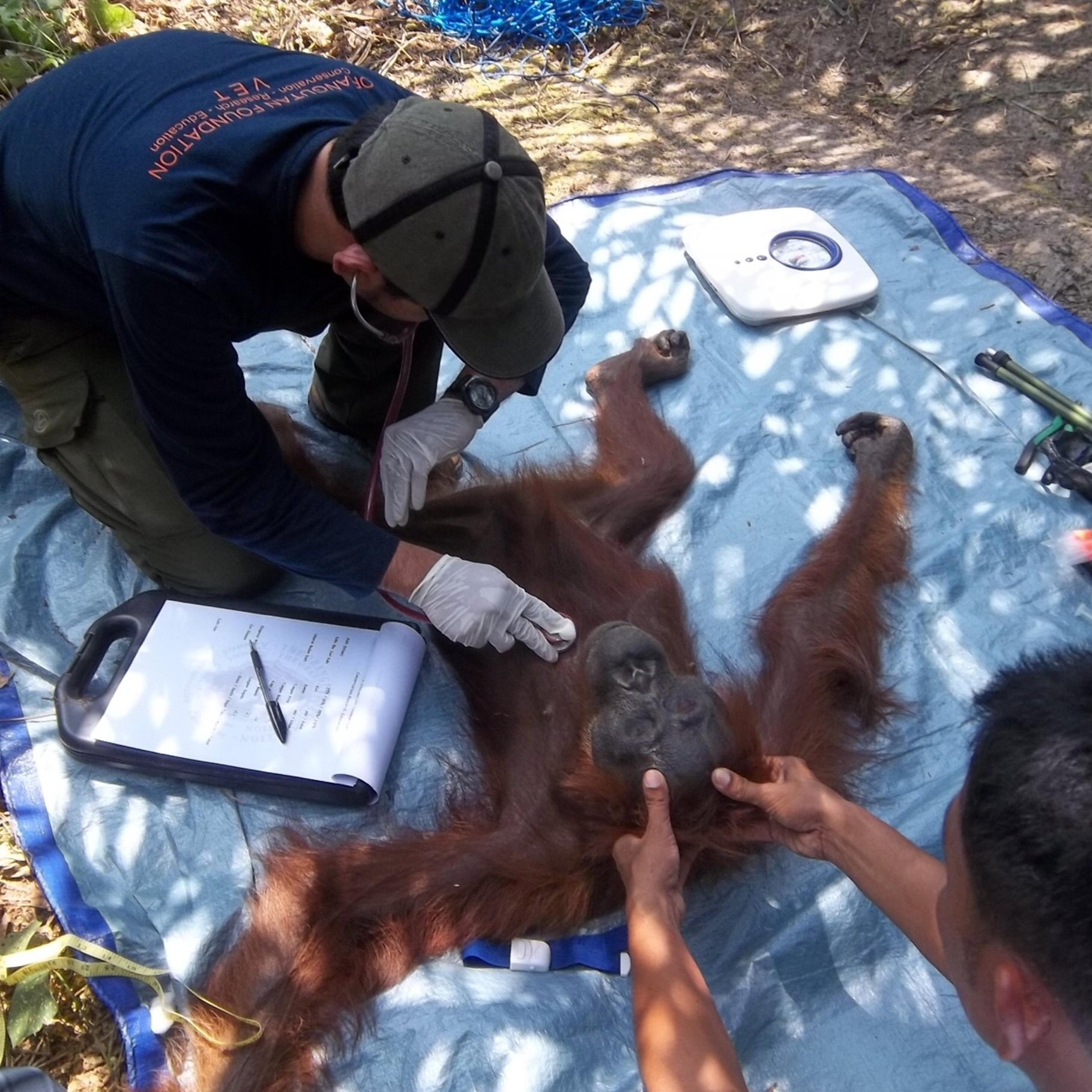
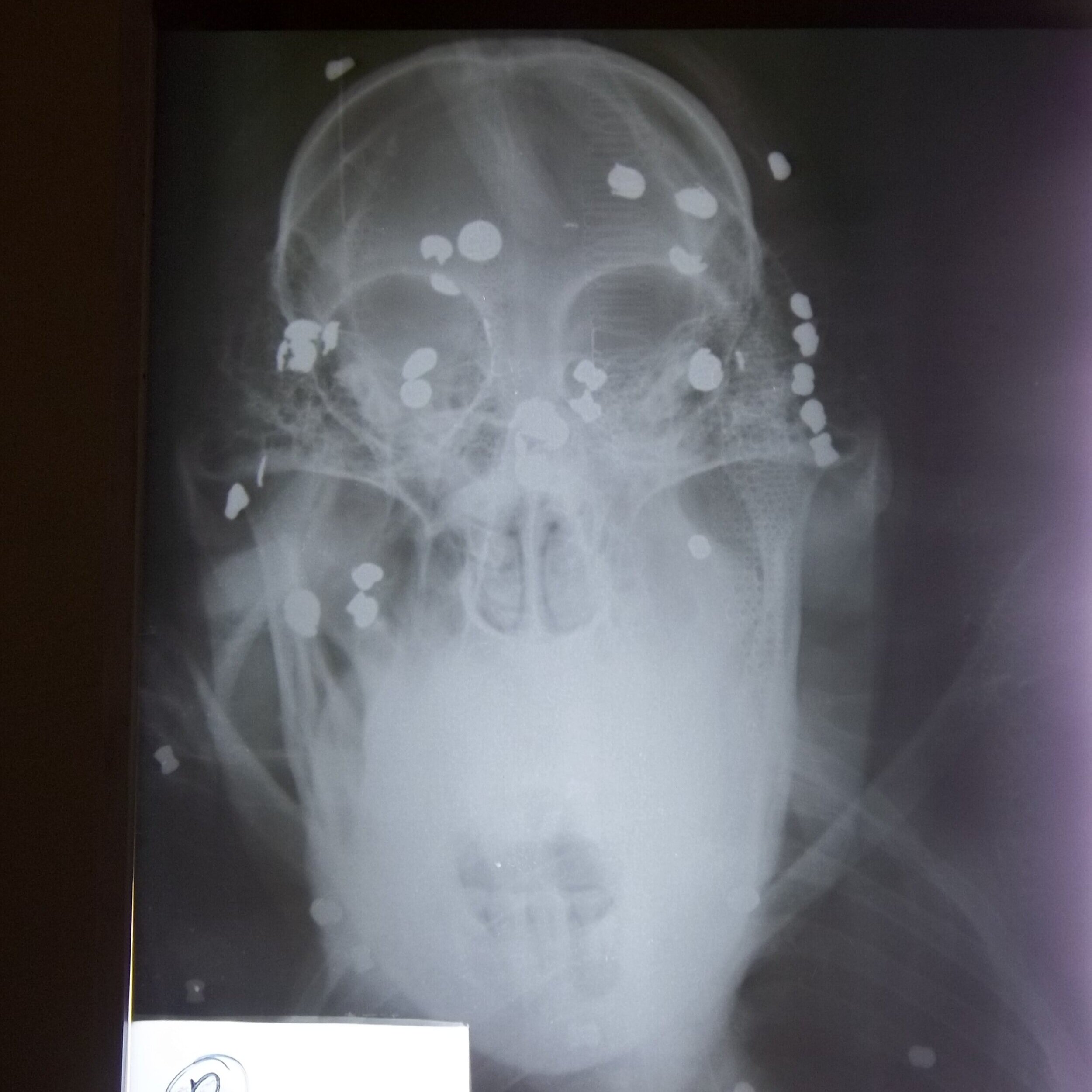
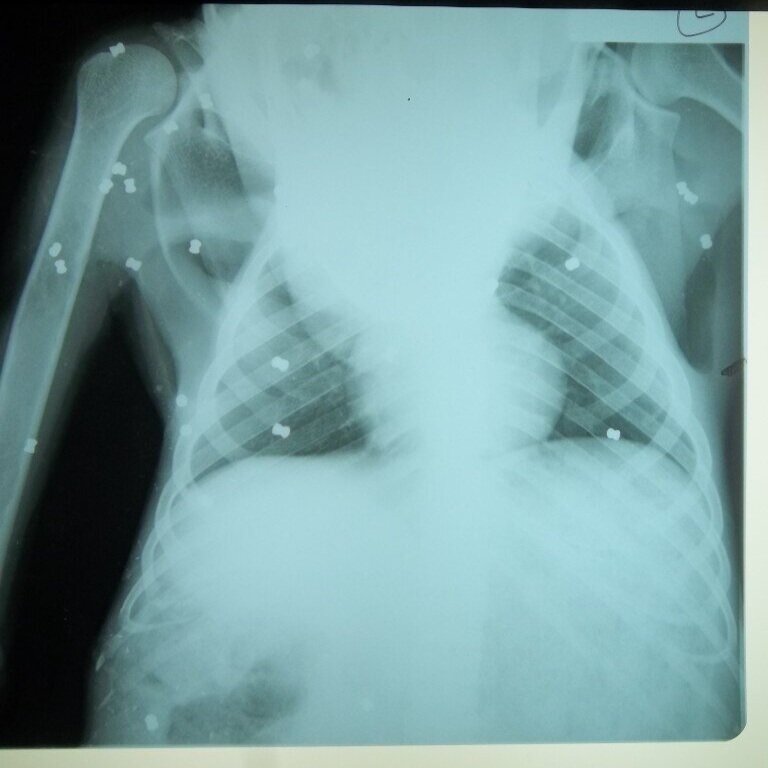
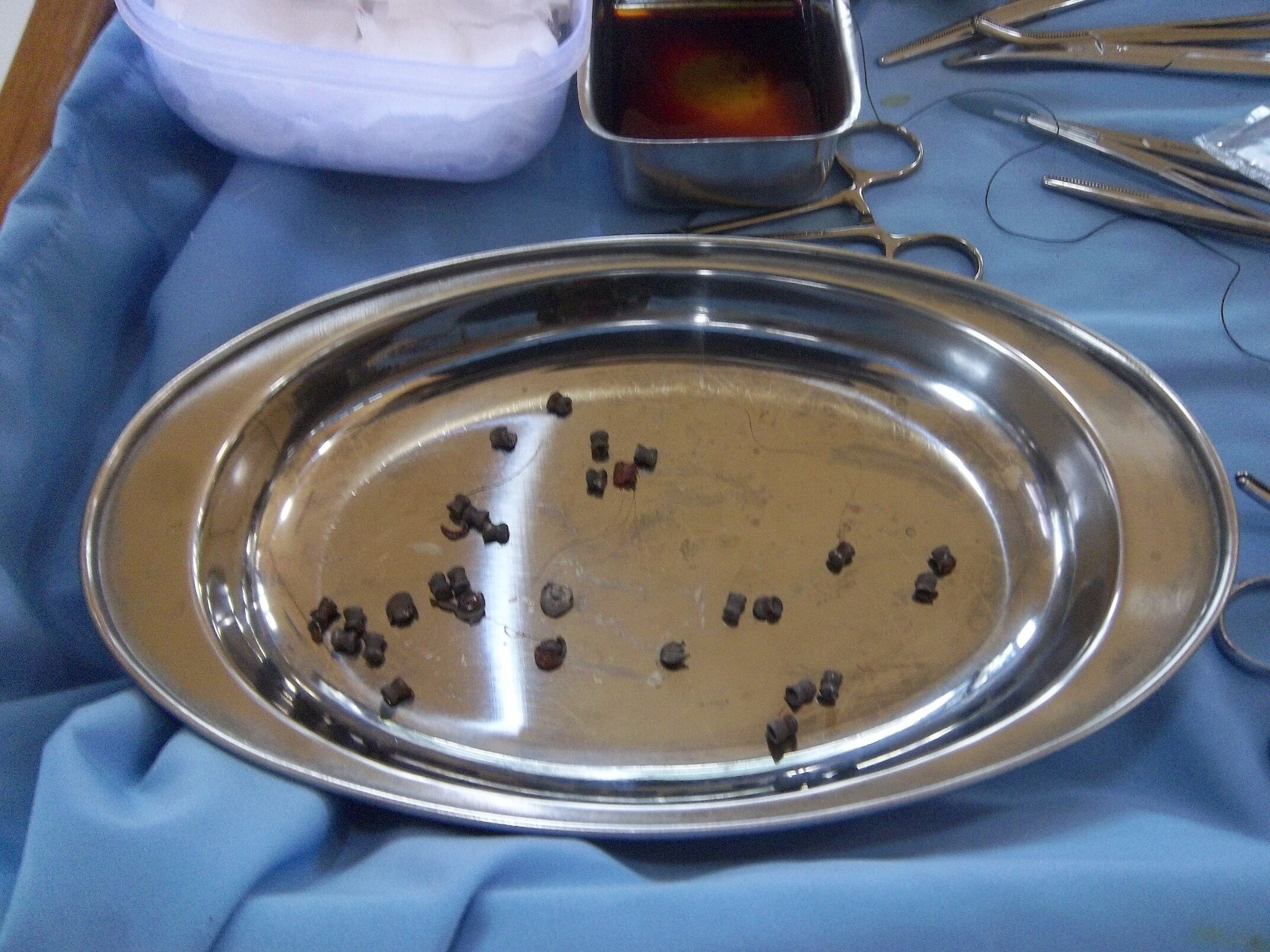

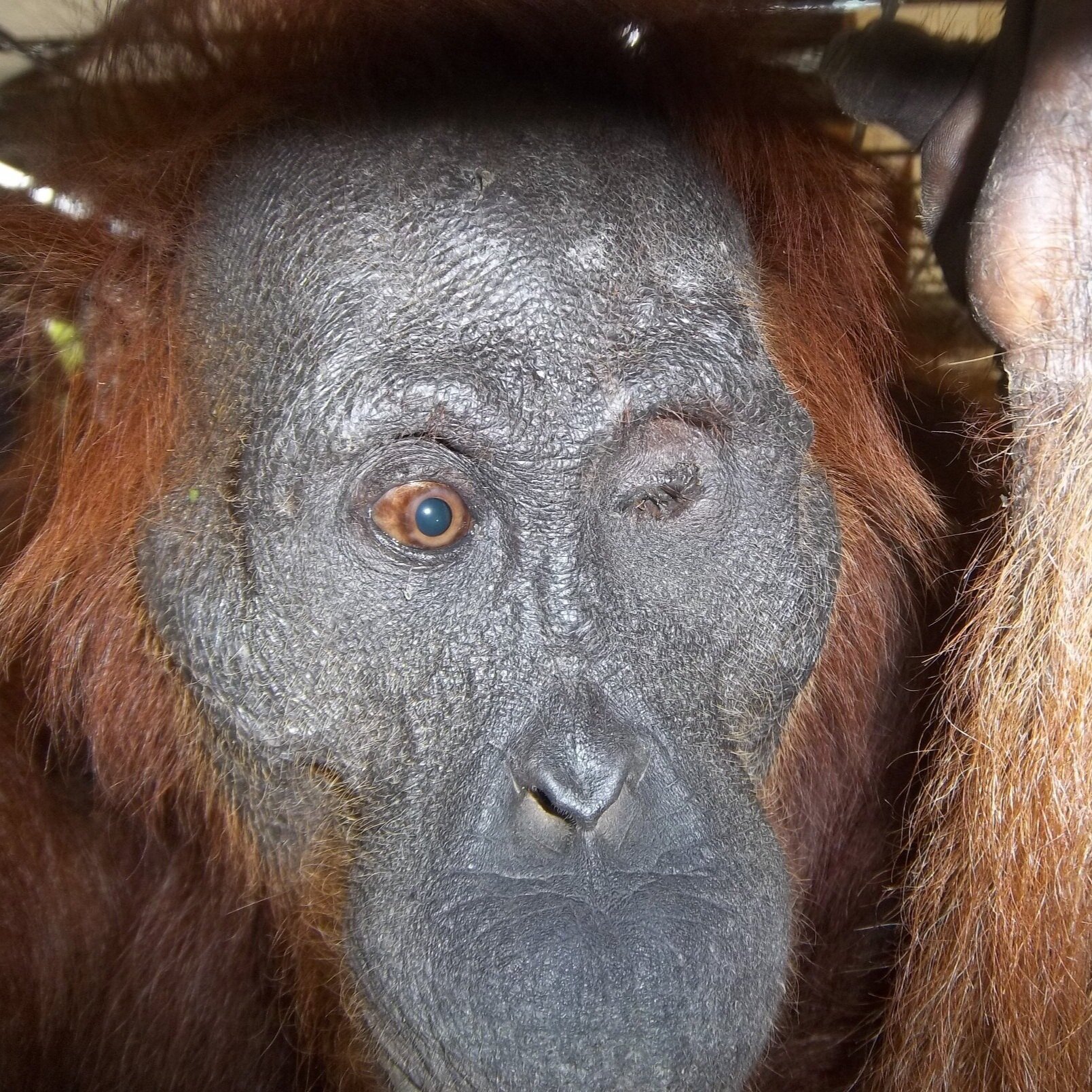
It soon became apparent that Aan’s right eye was also not responsive, and unless this sight could be restored, she would never be able to be released back into the wild for her own safety.
A ray of hope came in 2017 when a group of vets from the UK travelled to Borneo to operate on Aan’s remaining eye (below). At first there was cautious optimism as Aan’s cataract was removed and her optic nerve was still intact, however once she had come round from the anaesthetic, it appeared that unfortunately the damage she had previously sustained was too much.
Aan is now around 20 years old. In the wild she may have been raising her first or second infant, but instead she must be cared for as she cannot survive by herself. Our team continue to feed, stimulate, and provide enrichment by giving her tree branches and updating her enclosure at Camp Gemini, but it is difficult not to imagine how different her life would be in other circumstances.
Aan’s future has been determined by the damage inflicted to her by humas in the past, and we hope that she is the last orangutan in our care that cannot go back to where she belongs- the wild.













